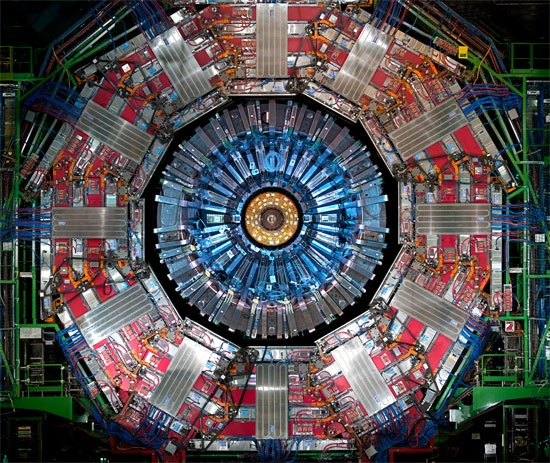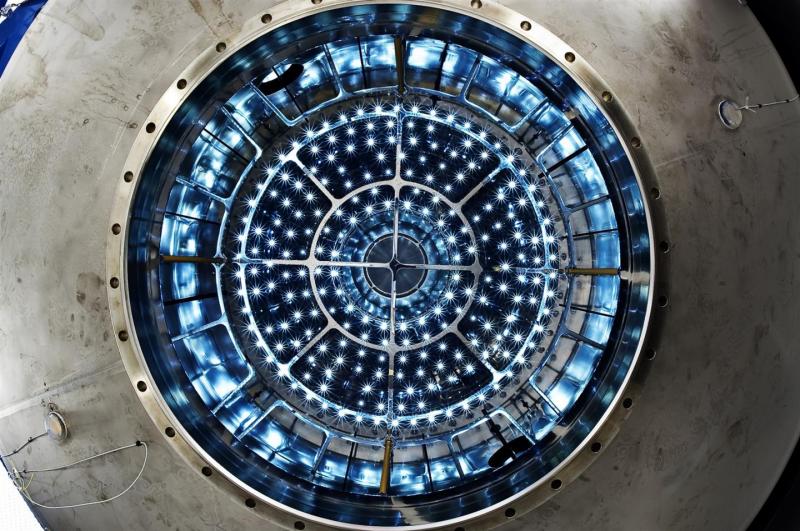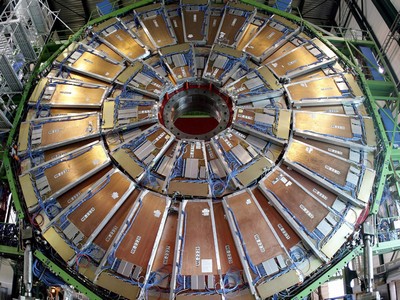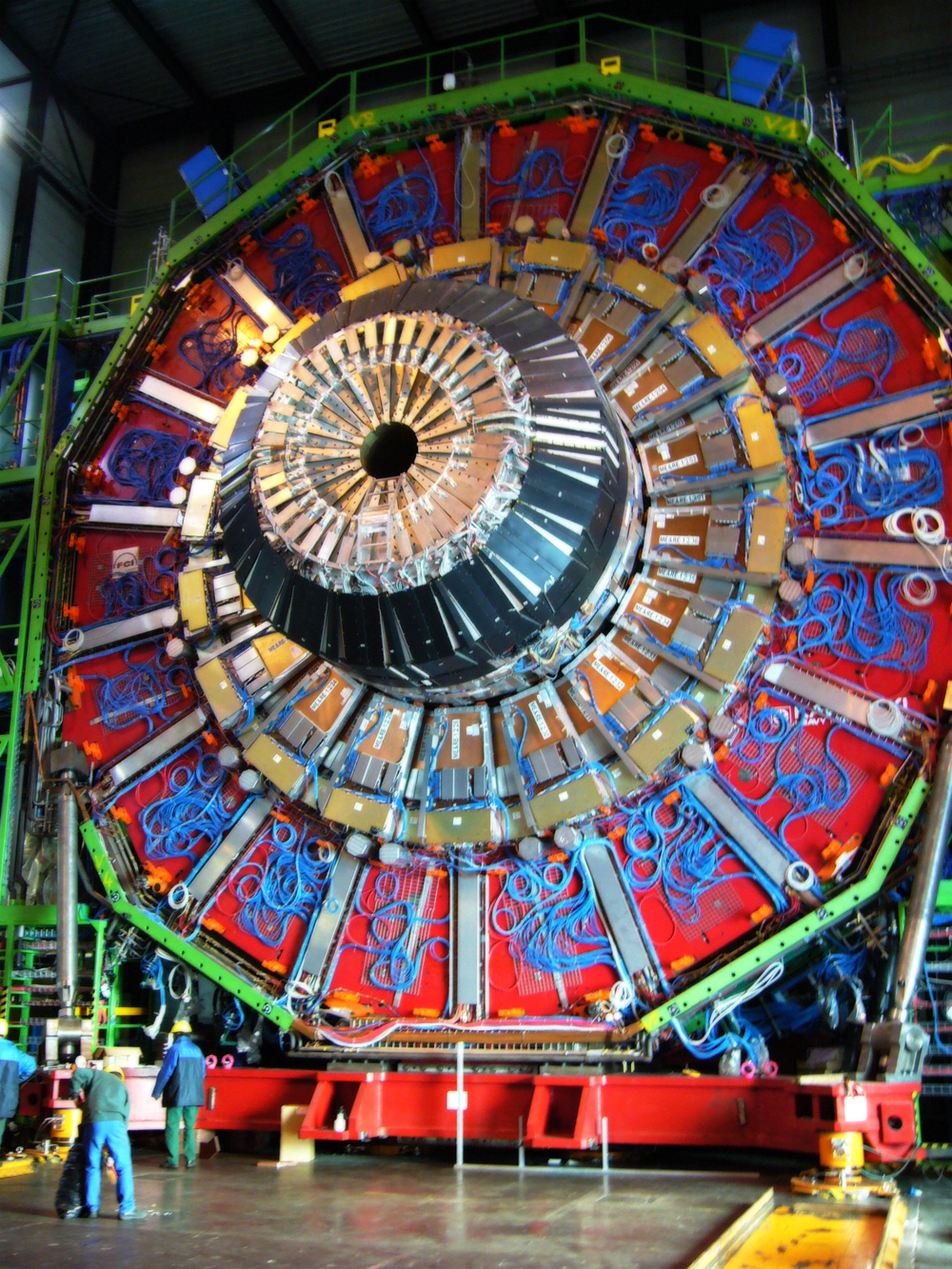Maybe things seeming worse at night represents a faulty philosophy of the finality of life – the darkness from which we came and into which we ultimately must go. We forget that the only reason we exist at all is because we tried to interpret this cycle, becoming half of a DNA strand, we grew eyes and ears and the other half coalesced into great balls of burning gas floating in cycles all around us. Our emptiness grasps at these waves of light, which flower into creation in the chasms of our senses. We look into our own emptiness and think how dreadful it would be to be stuck forever in such a state, barely noticing the echoes countering our weight as we ripple together through infinite space.
Uncategorized
Particle Currency
Left vs Right
Thanks both to Leonard Shlain’s “Leonardo’s Brain” and personal experience with S. Div, I have identified another set human characteristics that seem to have an inversely proportionate effect on each other. If we graphed them on an axis, to the left would be linguistic ability and to the right would be holistic thinking ability. Shlain gives examples of extreme artistic ability present in autistic children, one in particular who was born completely mute, but possessed, at the age of 5-7, a preternatural ability to draw (left handed) objects with perfect form and perspective. Shlain goes on to describe the fact that once this young girl began to learn how to speak and obtained a better grasp of language, her drawing abilities began to fade.
Personally I’ve also found the two to be fairly opposing pursuits in my own life. In the times when I had the ability to verbalize my thoughts most effectively I was very out of touch with my sense of the grand scale of things and during the times I felt most able to visualize the meaning of everything I’ve been almost entirely unable to put it into words. I constantly wonder if trying to focus on the ineffable takes away from my ability to express myself verbally. Of course it’s been a constant struggle for me as obviously they are both very desirable traits, and to me sometimes it seems as though striking a balance between them may be giving up too much of both. Such is life I suppose.
You are who you keep seeking
The very simple, logical evidence for life as a cycle has been in front of us all along. When you are born you are coming out of a state of unconsciousness. Our “initial” state then (for this example) is that of “unconscious”, or “off”. After birth our state is set to “on”. At death we move BACK TO OFF. Since obviously we can’t have any experience of non-experience, the very next thing we’ll ever experience is another birth, or another movement into the “on” state.
I wonder if people would think differently about how they spend their time on earth if they realized that the very existence and continuation of life anywhere could lead to their own reincarnation in the future. Looking at it the opposite way – if there is no life that exists after your death, there is no life for you to experience in any capacity. The extinction of all life would be the only true death.
Personal Filters = Perception & Personal Reality
I like the idea that the things we pay attention to become our reality. What we are aware of at each moment is just a minute fraction of the reality available to us. To see all of the reality available to us at once is to be blinded, paralyzed by sheer sensory overload. Maybe not just sensory overload, but noise – to the point where nothing makes sense and just the task of curating what is perceivable is too daunting. We are fortunate that our brains start filtering these things out early on. Filters provide us an ability to function at all. They create a canvas around us, focusing our actions so that productive progress can be made. The amount of control we have over our own realities is the degree to which we are able to choose what/how we see things. It’s a mix of determinism and free-will. I like to imagine a filter in the shape of a (spherical) 3D mandala around the edges of each our conscious perceptions. The (mostly self-selected) ons and offs create these loops around our perception, showing us certain things and hiding others.

The Basics
I had a thought that perhaps dimensions are what’s “spiraling away” from a center, the center of all things being the 0th dimension, which contains nothing and doesn’t actually exist, by definition. But for theory’s sake, it is a “point” of no size or shape, but represented (appropriately) by a tiny circle, the number 0. So anyway, dimension 1 would be light and dark. Or dark and light. Or whatever nothing is, it’s the opposite of that. Dimension 1 encompasses both dimension 0 and itself (this is true of all the dimensions by nature (and is the reason the fibbonaci sequence is so prevalent in nature?)). The question is, do dimensions keep accruing by means of opposites? (The way two mirrors facing each other create an illusion of depth?) And instead of thinking of it as an opposite, I think it could be more accurately described as just being the thing itself, inverted. So what we have now is a 0 and a 01. I’ve been using the rabbit sequence as a way of thinking about it, a number that keeps going forever, adding to itself, but is in fact always a palindrome, minus the last two digits. So this would mean that dimension 2 would be itself (the opposite of the plus the dimension before it… ) Is it like there’s a mirror in between each dimension?
http://scienceblogs.com/startswithabang/2013/07/05/why-did-the-universe-start-off-with-hydrogen-helium-and-not-much-else/
Void
Everything is a response to some sort of void. The reason things seem arranged so democratically in nature seems to be a property of things simply trying to fit into the the most comfortable space. I’m not using very scientific terms to describe this, but in my mind it’s similar to the way electrons organize themselves around a nucleus, pushing and pulling for space naturally causes things to be arranged as far apart from each other as they can within the circumference of their canvas. Once more than two are present, it’s simple mathematical division of the available space and this is where things start to form “patterns”. I believe in the case of the article below, they have not necessarily discovered an entirely new particle, but perhaps it’s simply an electron modifying itself slightly to find it’s most comfortable space (for lack of a better phrasing). It actually confuses me why scientists get so granular sometimes, like they’re forgetting to take in account the dynamics of the group as a whole. It’s not even like missing the forest for the tree, but more like missing the entire world for a single person (or a miniscule particle). What could we really learn about that person if we acted as though everything else outside that person/particle it didn’t have any effect on it?
http://www.scientificamerican.com/article/majorana-particle-matter-and-antimatter/?WT.mc_id=SA_NightTweets
Theory on the perception of time/space
I would posit that our perception of time (and space) is actually a difference detection program that runs through our senses, similar to the concept of interlaced video. This program scans the input from our senses, disregards anything that hasn’t changed, and makes us aware of the things that have. Cyclical by nature, it places less importance on things that have “happened before” in order to speed up its own performance, as it is truly processing massive amounts of data and must therefore find means of singling out important information by “learning” what’s unimportant. The simple rule, powered by our dopamine based reward system, is that the more times something happens, the less “important” it is, and the less it will register on our sense radars.
It also seems like this would apply even to just patterned behavior as well. Take for example a developed drug tolerance based on daily usage – the drug might become more effective with larger gaps in between doses, but if these doses are applied in a patterned way, say 3 times a week, or once a week, a larger degree of tolerance will still be present than if the doses were administered sporadically. This is absolutely testable and I would be very interested to see experimental results confirming or denying this hypothesis, helping to further hone the nature of our “sensory compression algorithm”.
http://en.wikipedia.org/wiki/Phi_phenomenon
http://scienceblog.com/74312/research-shows-brain-can-tell-magnitude-errors/#Alum1BuqiCg45jaR.97
CERN is basically just a giant man-made eyeball
A gorgeous, incredibly complex giant eyeball –




Wave Interference
All we know about the universe is wave interference. These waves exist because there’s something for them to bounce off of. This is where our senses come in. All of our senses are various chasms for detecting the various echoes around us. Sound being the most obvious form of echo, but our eyes, nose, mouth, and pores are all forms of caverns that have evolved purely for the sake of measuring echoes. Things that relate to the patterns these echoes create seem sacred to us. Just like we find a strange peace in looking at fractals, we seek out aesthetically pleasing forms of wave interference such as mandalas, cymatics, sacred geometry, etc.
